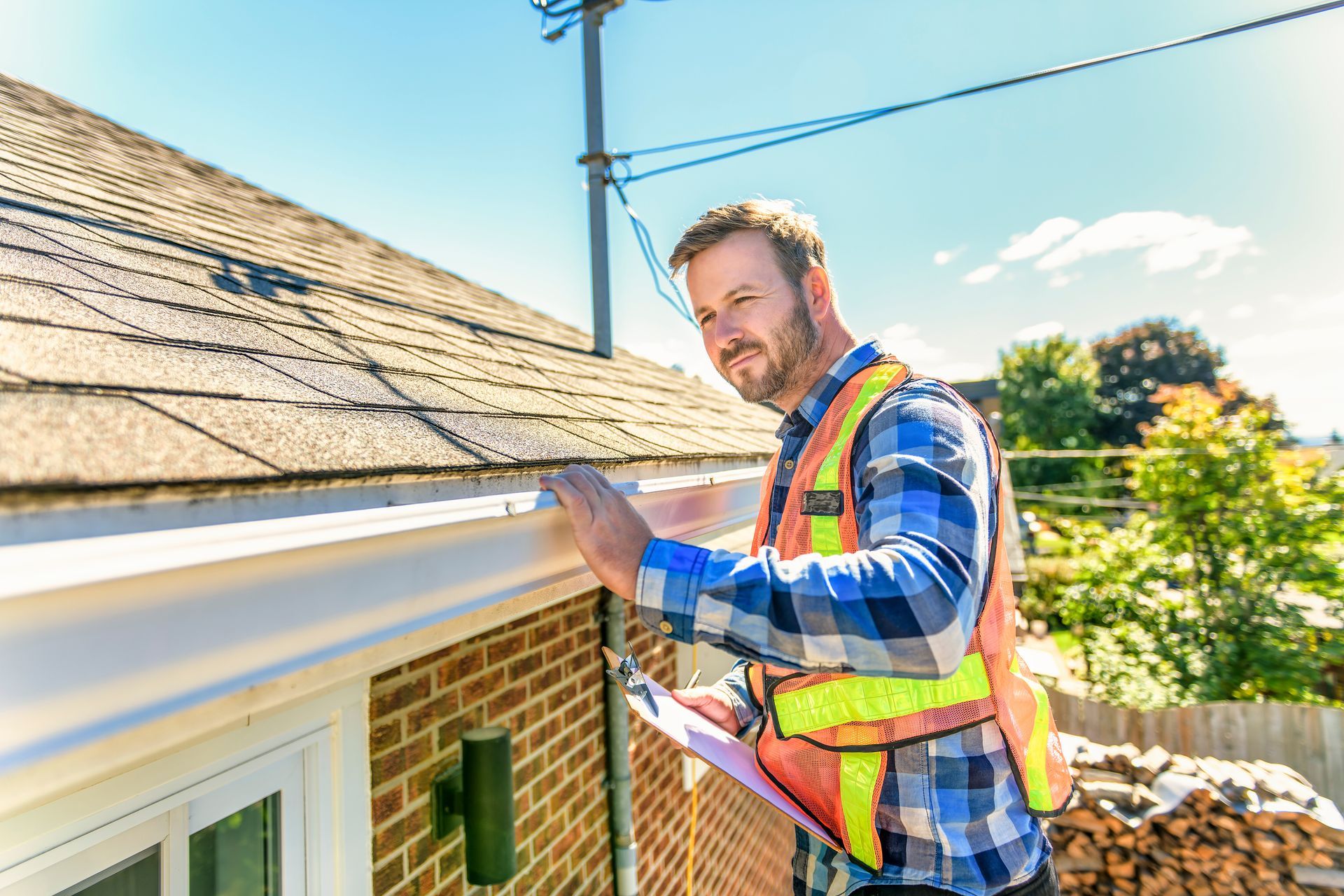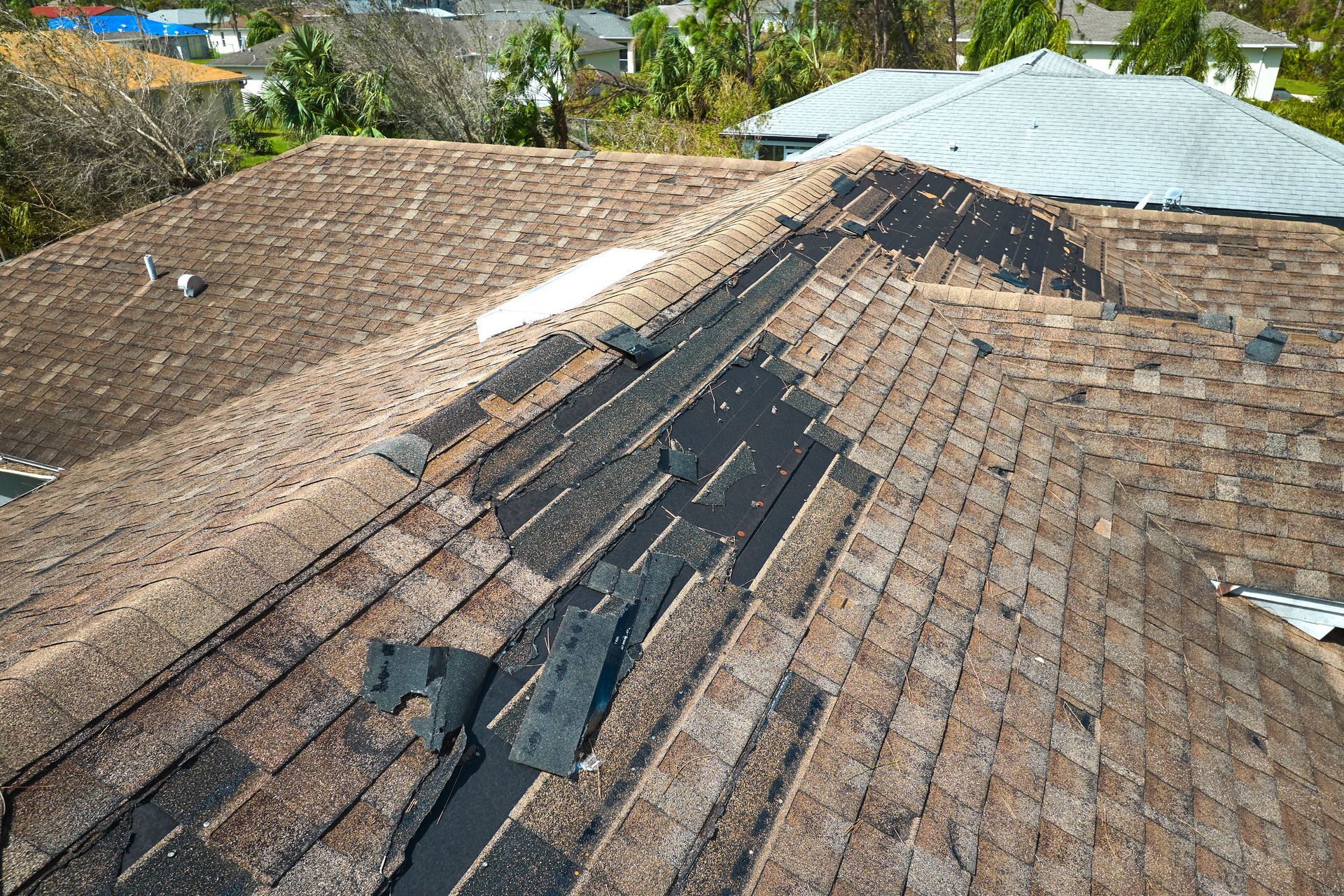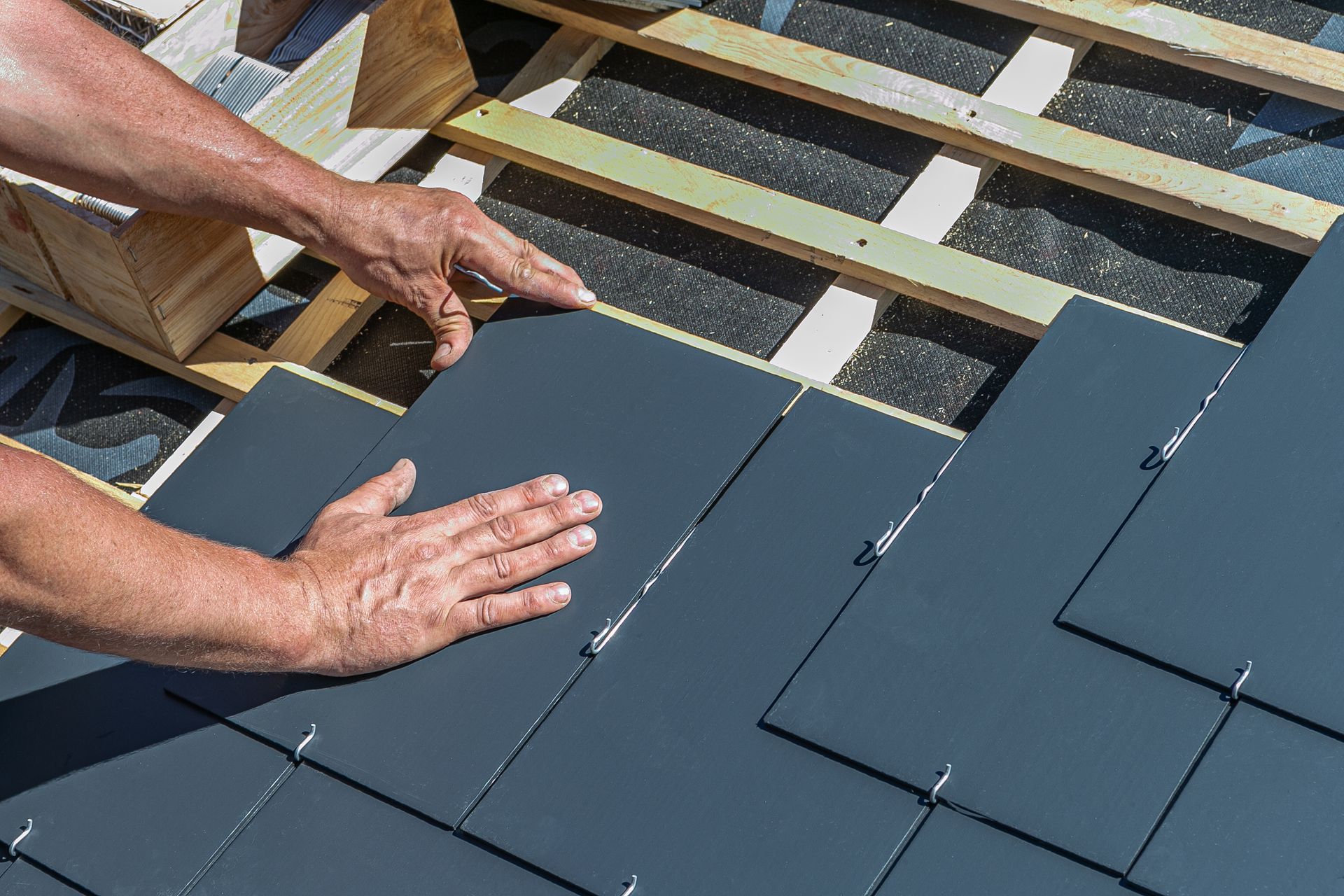Baton Rouge Roof Vents: Styles and Benefits
Proper roof ventilation is a key part of roof design. Deciding what type of vents to use will depend on your budget and needs for your home or business. Adding proper ventilation will make your roof more cost-effective , making it easier to keep your attic or home cooler and also providing humidity control.
There are two main categories of vents to choose from: active and passive. Passive ventilation is more-so an opening created in the roof that allows air to naturally circulate. Active ventilation, however, is provided by use of fans that are powered by an outside force such as wind, solar power, or electricity. All types of ventilation systems are further subcategories of these, and each provides various benefits, depending on the structure and needs of your roof.
Passive Roof Ventilation Systems
There are two common types of passive ventilation systems used in modern roofing. The most common of all vents is the low-profile or louver vent . These vents are easy to install and can be hidden from ground view or painted to match the color of the roof. Low profile vents are typically installed towards the back of the roof with a slanted back design to prevent precipitation from entering.
These vents are relatively cheap and made of durable materials such as aluminum or galvanized steel. The size and amount of vents installed is dependent on the size and shape of the roof.
Ridge vents are another type of passive ventilation system used in residential and commercial applications. Ridge vents boast several benefits as well. These ventilation systems run the entire length of the roof’s peak, which allows for optimal and even natural airflow inside of the home. The big downfall of these when compared to louver ventilation systems is price. These require a much more labor-intensive installation process and far more material, so the costs of installing a ridge vent can be much steeper (no pun intended).
Active Roof Ventilation Systems
Active ventilation systems are more commonly used in flat roof applications. This is because air will not circulate as naturally and efficiently as it will in structures that have a vaulted roof. Using an active ventilation system can greatly increase the circulation of air by the use of fans.
The more common style of active ventilation uses wind-powered fans in systems called turbine vents or “metal pots.” When even gentle breezes are present, these vents use fans that can circulate significantly more air than passive systems. Since wind is a naturally occurring and renewable energy source, these vents cost no money to operate.
The cons attached to turbine vent applications are that they are very dependent on the structure of your roof. In some structures, they can cause air to circulate in a way that is inefficient, because they can remove the treated air from inside and replace it with the air outdoors. You also have to regularly lubricate the ball bearings inside of the exhaust in order to keep the fan from squeaking and creating unwanted and annoying sounds.
Other active ventilation systems use fans that are powered by electricity or solar power. The use of these systems is a controversial topic in the world of roofing. These systems are the most expensive to install and may actually be counterproductive in many applications. While these can remove vast amounts of hot air from your attic space , in a lot of cases they work too hard and wind up removing too much of the treated air from inside your home, even more than turbine systems.
If you are looking to replace your roof and wondering what ventilation system is best for you, or if you just think that the system you have could be improved, contact us at Cribbs, Inc. for an inspection of your roof and roof vents. Our contractors know the climate of Louisiana and what type of vents will best keep your home or business protected from it. For more questions about roofing and ventilation, explore our website.




